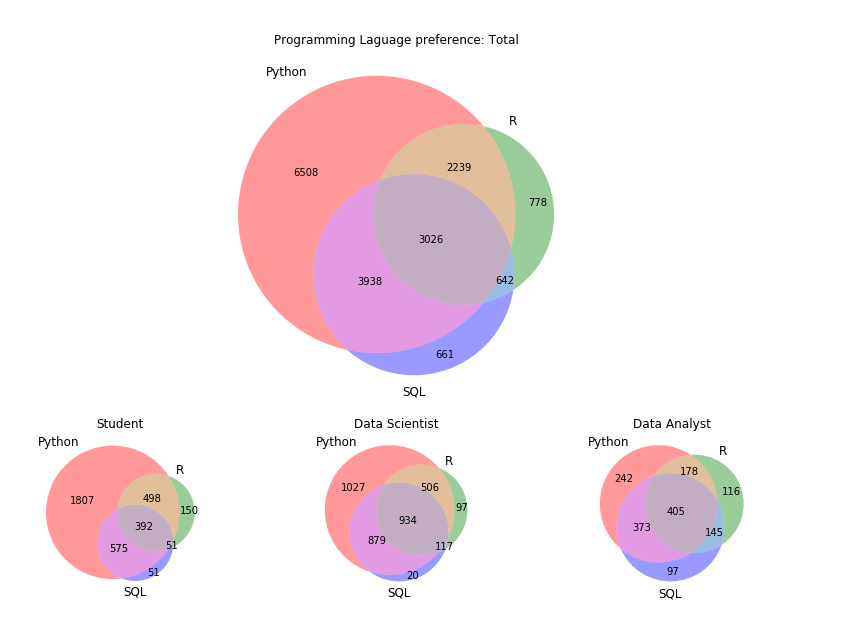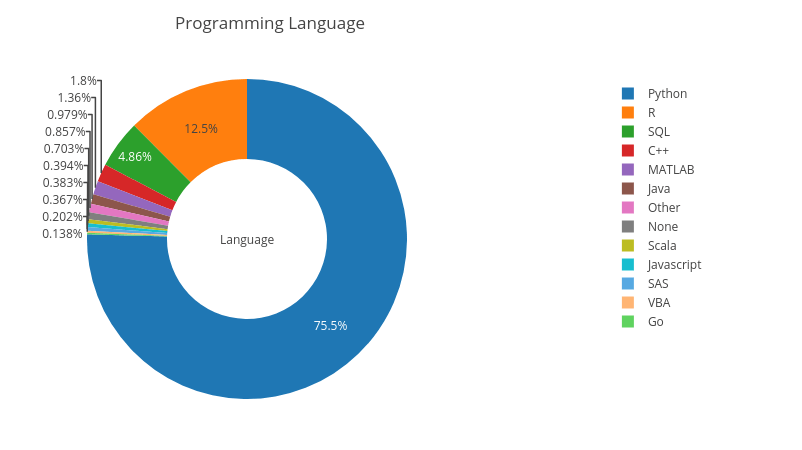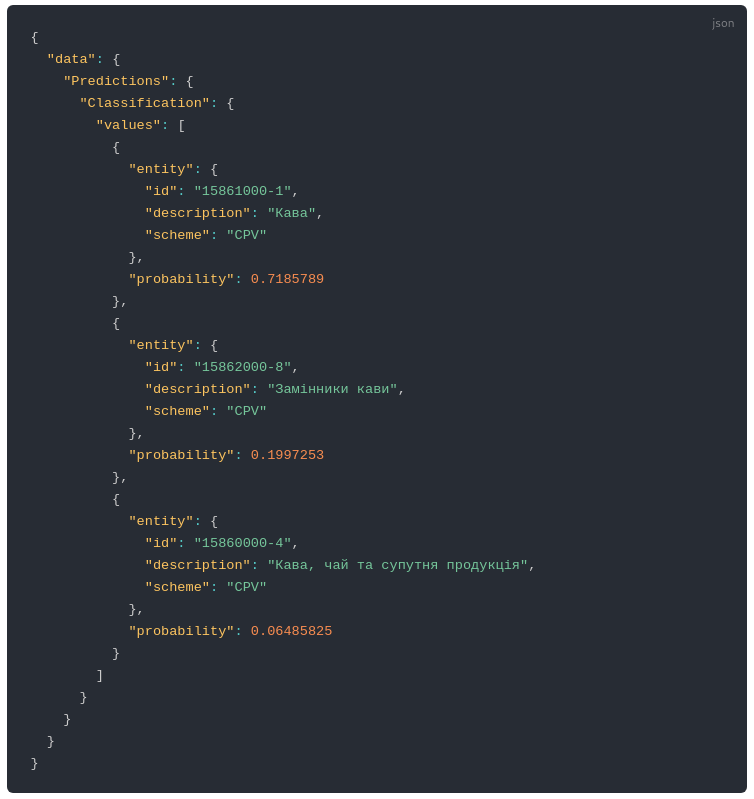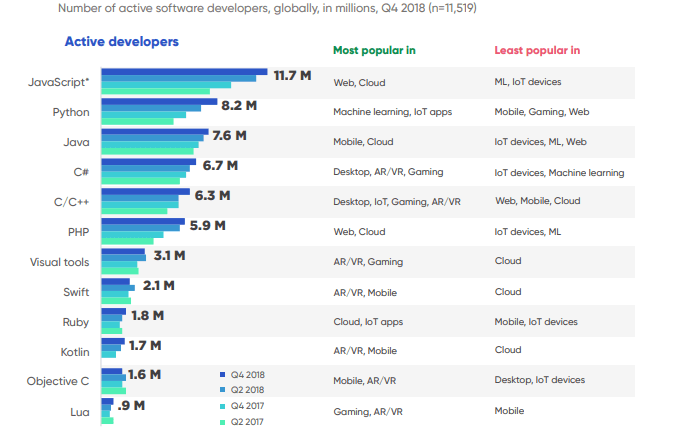ML and AI
For a better understanding of the article and the notions of Artificial Intelligence and Machine Learning, let us first draw a distinction between the two.
Ages ago, in 1955, John McCarthy defined Artificial Intelligence as
“the science and engineering of making intelligent machines that have the ability to achieve goals like humans do.”
In plain words, AI is the simulation of human thinking by machines. Despite some dangers of social manipulation or autonomous weapons, AI brings over valuable benefits, including enhancing already existing products, optimizing internal and external operations, and delivery of an opportunity for workers to concentrate on the creativeness of the projects.
In turn, Machine Learning is a branch or a subfield of AI. As stated by the machine learning pioneer Tom M. Mitchell:
“Machine learning is the study of computer algorithms that allow computer programs to automatically improve through experience.”
The more data you provide the better is the outcome. For instance, imagine that you’ve created a media-services player with a machine learning model. If you provide this model with the songs or videos you enjoy the system will be able to automatically generate the playlists you may like. The prediction will be based on the features of the material like danceability, instrumentalness, or tempo of the song.
It was extremely well said by the Maxime Beauchemin:
“Much like English is the language of business, Python has firmly established itself as the language of data.”
In the world of developers, Python is taken to be the most suitable language for writing machine learning code. What is so extraordinary and special about that programming language? What makes it the best choice for a system to learn and identify existing patterns?
What’s so special about Python?
Some time ago, we discussed with you why you should choose Python for growing your business. The benefits remain the same but let us now tell you what is the role of those benefits for machine learning.
benefits of python
Simplicity
So, first of all, Python is simple. It’s an extremely readable language. It’s easy-to-learn, elegant, and well-structured. The code is clear and decipherable both for those who have written the strings and for those who are just random passersby. As you may know, machine learning requires complex algorithms and calculations. So why should developers complicate their life by additionally choosing a complex language? Well, they are smart enough to find the easiest way and the easiest way is Python.
Open-source nature
Python is open-source.The nature of machine learning calls for constantly growing and evolving use cases and the benefits of Python’s open-sourceness allow customization according to the developers’ needs.
Popularity
The rising popularity of Python is proved by dozens of surveys. You can read about the most important ones in one of the sections of the article. The number of Python active developers has reached 8.2M recently. This rise in popularity has tightened an already friendly community of machine learning program creators.
It’s not a surprise that if a developer is good at “googling” he is at the halfway point to the well-written code. Python’s tight-knit online fellowship makes the process of googling easy as a piece of cake. Hugely popular language helps developers to find answers and fix bugs with the speed of light.
Frameworks and libraries diversity
But to say the truth, all of the reasons above may only partly explain the reason why Python is the core language for ML. The main reason lies in the richness of the variety of its libraries.
To reduce development time and effort, there are a wide selection of Python frameworks and libraries that ensures a well-structured and well-tested environment.
- TensorFlow. The major benefit of this library is its abstraction that allows developers to leave behind the prosaic details of algorithm implementation and concentrate on the complex logic of the app.
- Keras. A part of TensorFlow’s core API, Keras is well-known for being minimalist. It was built to enable simplicity of an interface with the aim of easy and fast prototyping.
- Scikit-learn. A note-worthy machine learning library the advantages of which are reduction of dimensionality, processing of data, decision boundary learning, and advanced probability modeling.
- PyTorch. A popular open-source library for Python based on Torch. It’s extensive toolkit allows developers to perform computations on Tesors with GPU acceleration and to create computational graphs.
- Pandas. Since ML requires tremendous effort to be put on preparing and analyzing the basic trends and patterns of the data, Python Pandas is the best tool for data manipulation and analysis.
- NumPy. Extremely useful for fundamental computations in machine learning, NumPy has all the necessary tools to build your data with the minimal amount of code.
The ways ML and AI are used in different industries
The daily conveniences these services provide may be spotted in a variety of business sectors.
Transportation
With a clear focus on high performance and scalability, Uber developed a Python-powered platform Michelangelo PYML. The platform is a further extension of the Michelangelo product. It increases the flexibility of the very program and facilitates the rapid prototyping of machine learning models.
Travel
Chatbots, recommender systems, predictions (flight fare, hotel rooms availability), content curation all of these technologies allowed people to travel more and developers to extend their expertise in the travel industry. In order to predict the fashion of demand on new airplane routes, Skyscanner applied a Python-based ML algorithm that compares thousands of destinations. The results help with a “you may also like” component algorithm to suggest destinations to indecisive travelers or with planning marketing spends for new routes.
Healthcare
From providing at-home care to robotic surgery, integration of the ML and AI principles in healthcare is of extensive use. An NIH and VC-funded healthcare startup, AiCure helps patients take their medication at the assigned time. The application implements face recognition to identify the patient, pill recognition to confirm the right pill, and action recognition to confirm that the pill was consumed. The developers of AiCure based their backend applications on Django frameworks and used Python-based coding in its development.
Python surveys - Let the numbers convince you
Certainly, all this information is not just mere rhetoric. Our words are confirmed by multiple research and surveys. Let us have a look at some of them.
The first matter for discussion is the IT services provided with the use of Python. In the fall of 2018, the Python Software Foundation together with JetBrains conducted the official annual Python Developers Survey. The results are as follows

Of course, web development is an indisputable leader (27%) of the survey, creating a 17% gap with data analysis. But a closer examination shows us that bundling data analysis and machine learning into a single ‘Data science’ corresponds to a stunning 28%.
The second factor that should be taken into account is the prevalence of Python in different IT services among the most used programming languages. Conducted among 19,000 developers in 165 countries, Developer Economics: State of the Developer Nation 16th Edition states that Python is the most popular language for ML, and therefore AI, projects.
The popularity of Python is also approved by the 2018 Kaggle Machine Learning & Data Science Survey. The largest community of data scientists and machine learners, Kaggle displays that about 28% regularly use Python. 15% and 12% of developers prefer SQL and R respectively.
The same is with the preference among students, data scientists and data analysts.

If you are still hesitating about a choice of a programming language for machine learning here is overwhelming statistics. More than 14,000 respondents (75,5% of surveyed developers) suggest and recommend Python as a first programming language to learn.

You may ask us what is the future of ML and AI?
Since no harm has yet been done by the means of AI, developers say that they are overall more excited than worried about the future world with AI.
What concerns machine learning, it is believed to be the second important trend in the software industry today after DevOps. Languages and frameworks associated with these kinds of works are on the rise, and developers working in these areas command the highest salaries.
Quintagroup case of ML
Quintagroup developers also keep their eyes on the ball of technological innovations and digital prowess. Therefore, Quintagroup has experience of a successful applying Ml and AI in the OCDS Analytics. The solution represents an API-accessible service offering analytic tools for OCDS datasets. The machine learning framework to create and train a model on these datasets in a Predictions subsystem. As a result, we developed a plugin to the analytics system that "predicts" or recommends classification (scheme code and title) with high probability based on the inputs of such fields as:
tender.title- "Tender title"
tender.description - "Tender description"
item.description- "Item description"
item.unit.id - "Item unit"
By submitting the above-mentioned fields, you will receive a list of the most probable CPV codes and their probability percentage.
If you are procuring coffee, your request will look as follows:
tender.title- "Кава" (coffee)
item.description- "Кава та кавові напої" (coffee and coffee drinks)
item.unit.id- "KGM" (code for kilogram measurement unit)
probability- the minimum probability of 5%
And the result is the following:

In brief
Recommendation systems, personal assistants, chatbots, search engines, and fraud detection systems, all of them became possible due to AI and machine learning services. Human-like way of conducting algorithms process information faster with the help of a popular, simple, and open-source Python that is supported with a rich libraries and frameworks pallette. If you’re still wondering whether Python suits ML or you know that ML is the thing of future let us know and we will tell you what can be done.


